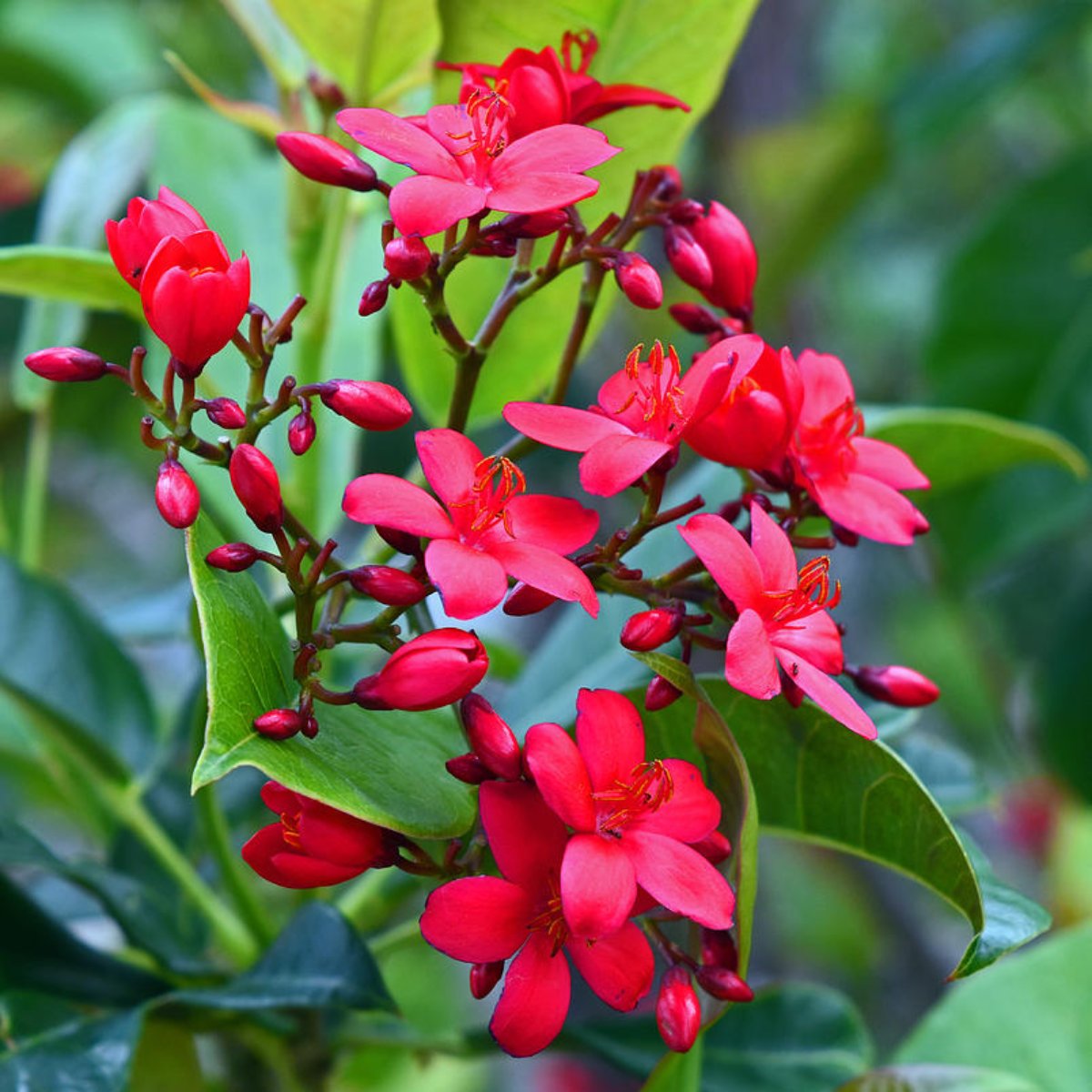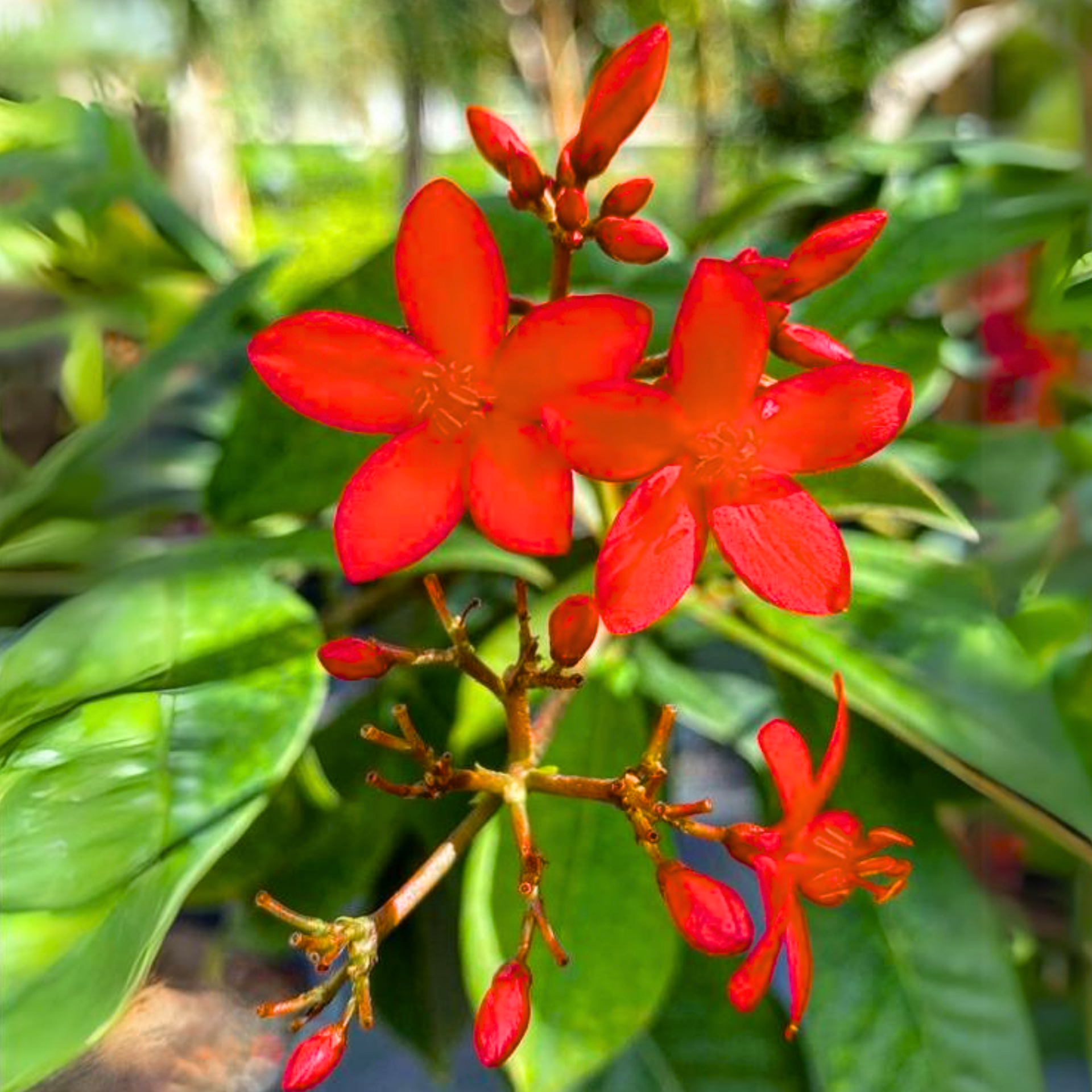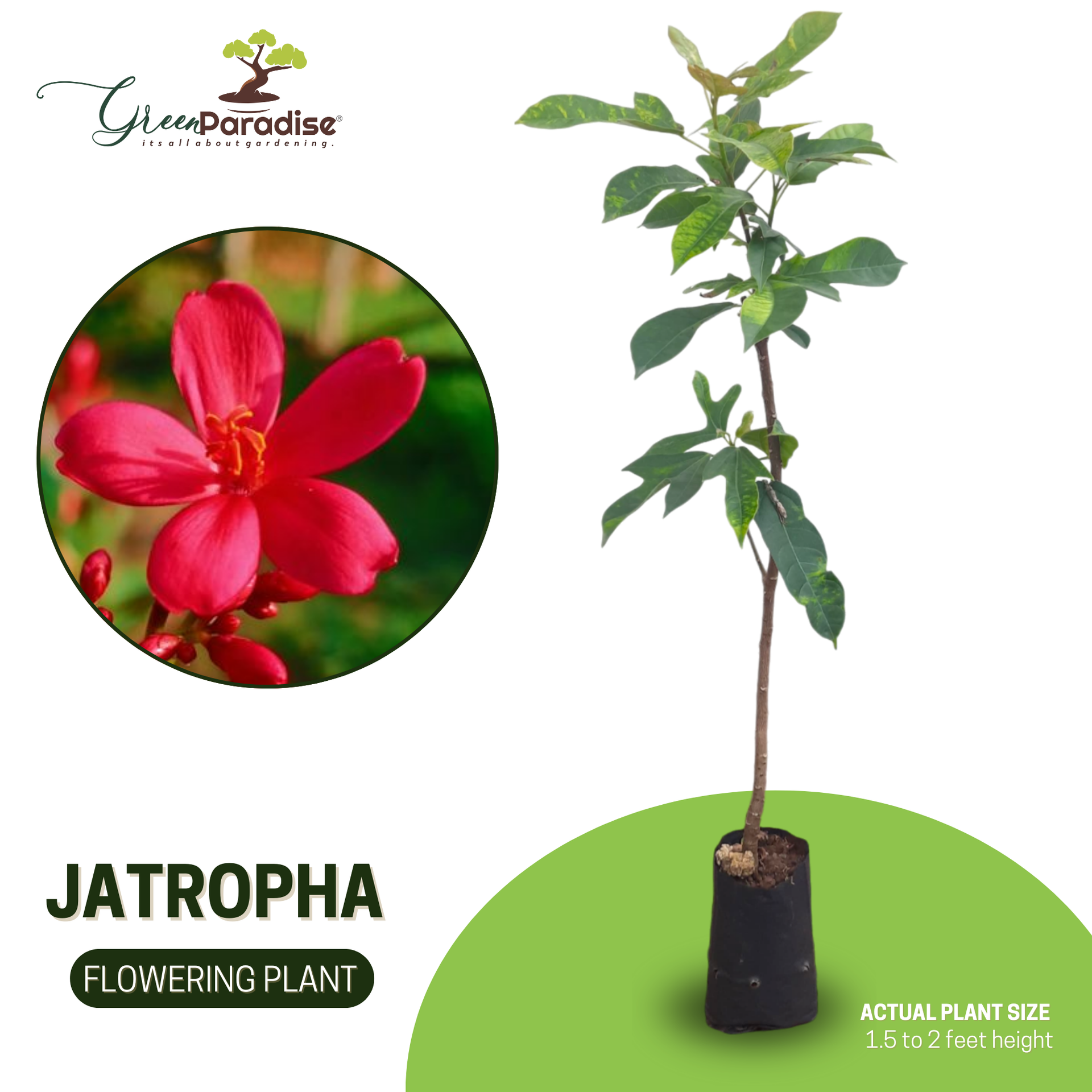



Unveiling the Marvel of Nature: The
Remarkable Jatropha Plant
In the vast tapestry of Earth's flora, there exists a gem that has, for centuries, remained hidden in plain sight - the Jatropha plant. While it may not boast the fame of the towering oak or the exotic allure of orchids, the Jatropha plant is a true marvel of nature, holding secrets and potentials that continue to captivate scientists, environmentalists, and curious minds alike.
A Botanical Odyssey
- Jatropha curcas, the scientific name for this intriguing plant, is a hardy perennial belonging to the Euphorbiaceae family.
- Originating in Central America, it has since spread its roots across the globe, thriving in tropical and subtropical regions.
- What makes Jatropha truly stand out, however, is its remarkable resilience.
- Jatropha (Jatropha curcas) is a tropical plant known for its oil-rich seeds, which can be used to produce biofuel.
- It is also commonly grown as an ornamental plant in some regions.
The Resilient Survivor
- In a world increasingly concerned with climate change and the sustainability of our resources, the Jatropha plant offers a glimmer of hope.
- It's well-known for its ability to thrive in harsh environments, from arid deserts to infertile soils.
- This remarkable resilience stems from its adaptability, allowing it to flourish even in the most adverse conditions.
Fueling the Future: Jatropha as a Biofuel Source
- One of the most exciting facets of the Jatropha plant lies in its potential to reshape the future of renewable energy.
- The seeds of Jatropha contain high levels of oil, which can be processed into a biofuel comparable to diesel.
- This has ignited interest in Jatropha as a sustainable alternative to fossil fuels, offering a cleaner, greener source of energy.
A Boon for Biodiesel
- Jatropha's role in the biodiesel industry is particularly promising.
- The plant's ability to grow in marginal lands reduces the competition with food crops for arable land, a critical concern in the quest for sustainable biofuels.
- Its oil-rich seeds are a potential game-changer, offering a renewable energy source that can help combat climate change while providing economic opportunities in developing regions.
Jatropha as a Carbon Sink
- Beyond its utility in biofuel production, Jatropha is also an effective carbon sink.
- Like all plants, it absorbs carbon dioxide during photosynthesis, helping to mitigate the effects of greenhouse gases.
- Its hardiness and ability to grow in diverse climates make it a valuable asset in reforestation efforts and carbon sequestration projects.
Challenges and Controversies
- While the Jatropha plant holds immense promise, it's not without challenges.
- Some concerns revolve around land use, water consumption, and competition with food crops.
- Careful planning and sustainable practices are essential to harness its benefits without harming ecosystems or food security.
Beyond Biofuel: Jatropha's Medicinal and Industrial
Uses
- Jatropha is more than just a biofuel source.
- Traditional medicine systems have long used it for various ailments.
- Additionally, its latex has industrial applications, such as in the production of adhesives and biodiesel production catalysts.
The Future of Jatropha
- The journey of discovery regarding the Jatropha plant is far from over.
- As we strive for a more sustainable future, this resilient plant is poised to play a pivotal role in energy, agriculture, and environmental conservation.
- Ongoing research is unlocking its full potential, and innovative uses continue to emerge.
Here's a general guide on how to grow and care for a
jatropha plant:
Climate and Location:
- Jatropha thrives in tropical and subtropical regions with temperatures between 68°F to 104°F (20°C to 40°C).
- Plant it in a location that receives full to partial sunlight.
- Jatropha prefers at least 6 hours of direct sunlight per day.
Soil Requirements:
- Jatropha prefers well- draining soil with a pH range of6.0 to7.5.
- It can tolerate a variety of soil types, including sandy or loamy soils, as long as they drain well.
Planting:
- Plant jatropha seeds or cuttings in the spring or early summer.
- Dig a hole that is twice the size of the root ball and place the plant at the same depth as it was in the nursery container.
- Space multiple jatropha plants at least 3 to 6 feet apart, as they can grow into small trees.
Watering:
- Water your jatropha regularly, especially during its first year of growth, to establish a strong root system.
- Once established, jatropha is drought-tolerant and can survive with minimal water.
- Between waterings, allow the soil to dry out.
Fertilization:
- Use a balanced, slow-release fertilizer in the spring to promote healthy growth.
- You can also use organic compost or well-rotted manure as a natural fertilizer.
Pruning:
- Prune your jatropha plant to maintain its shape and encourage bushier growth.
- Remove dead or diseased branches as needed.
Pests and Diseases:
- Jatropha is relatively pest and disease-resistant, but it can occasionally be affected by aphids, mealybugs, or scale insects.
- Treat infestations with insecticidal cleaner or neem oil painting.
Harvesting:
- Jatropha produces small, green fruit pods that contain seeds.
- These seeds are harvested for their oil.
- Harvest the seeds when they turn yellow or brown and begin to fall from the plant.
- The seeds are toxic and should not be ingested, so handle them with care.
Oil Extraction:
- Extracting oil from jatropha seeds typically requires mechanical pressing or solvent extraction.
- The oil can be used as a biofuel or for making soap and other products.
Container Gardening:
- If you live in a non-tropical climate, consider growing jatropha in a large container that can be moved indoors during cold weather.
- Keep in mind that jatropha can be invasive in some regions, so check with local authorities to ensure it's suitable for your area.
- Additionally, it's important to handle jatropha seeds with caution, as they contain toxic compounds.
- Always wash your hands completely after handling them.




